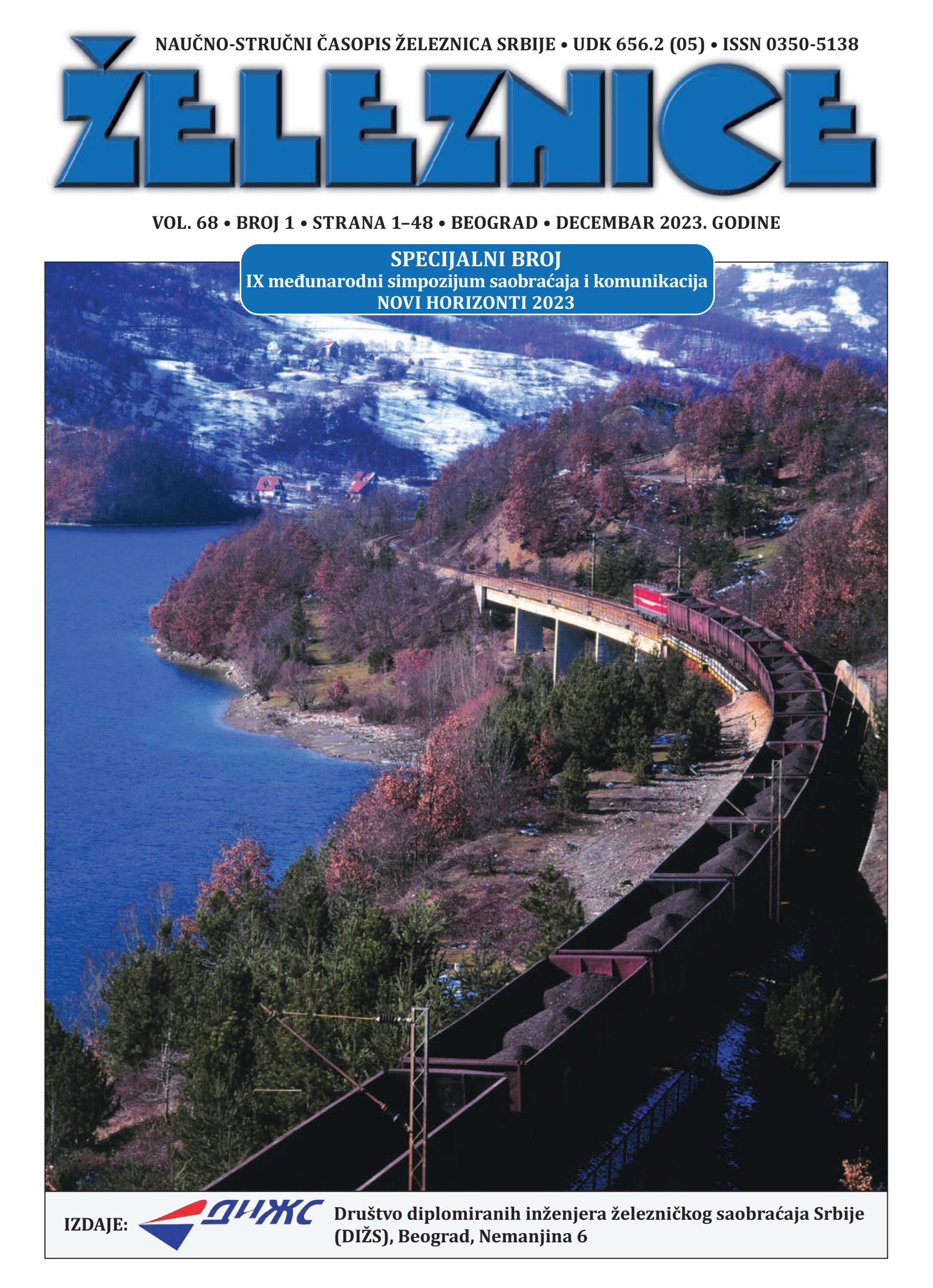ŽELEZNIČKI FAKTOR I NJEGOVA PERCEPCIJA U MANJIM REGIONIMA – STUDIJA SLUČAJA LOVOSICE
Ključne reči:
regionalna železnička linija, modalani izbor, modalna privlačnost, vreme putovanjaApstrakt
Ciljevi Rad ima za cilj da sagleda stav putnika prema modalnom izboru u pogledu železničkog faktora, moguće preferencije javnog prevoza zasnovanog na železnici u inače sličnim uslovima transporta. Ispituje se postojanje faktora železnice u pogledu tolerancije putnika prema očekivanim dužim vremenima prilaza stanici ili vremenima putovanja pri čemu će se ponovo uvesti regionalna železnička linija u odnosu na postojeće regionalne autobuske linije. Prilaz Pre ponovnog uvođenja železničke pruge br. 113 Most – Lovošice, sprovedena onlajn anketa sa putnicima duž linije. Ispitanicima je postavljeno pitanje o modalnom izboru u vezi sa njihovim zahtevima u vezi sa frekvencijom vozova i uslovima moguće promene u korist železničkih sistema. Rezultati Ispitanicima je voz bio udobniji i verovatno će biti izabran za neodređeno opšte putovanje. Međutim, regionalni voz ne bi trebalo da bude znatno sporiji od konkurentskog autobusa ako se putnici odluče u korist voza. Doprinos Prikupljeni SP podaci kombinovani sa RP podacima (transportna anketa) čine osnovu za određivanje uloge faktora železnice u regionalnom transportu kao što je prikazano u studiji slučaja ponovo uvedene linije br. 113.


